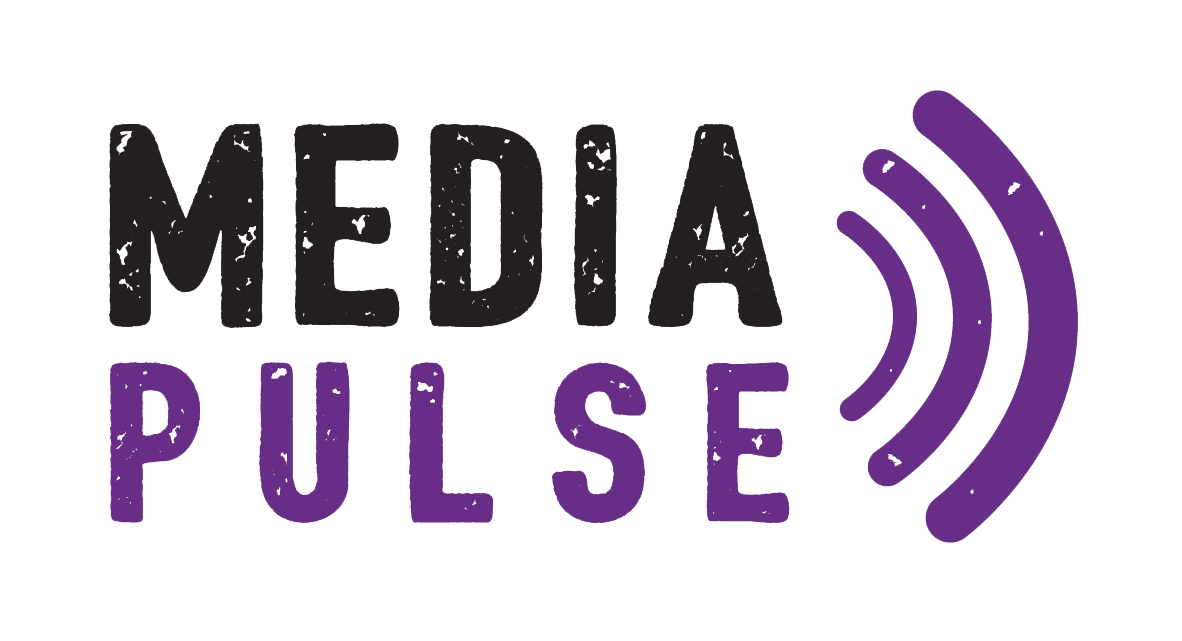Power in Employees
Credit: @brookecagle
Creating and managing social media content can be daunting, especially if you’re looking to publish daily posts across multiple platforms. Although tools like Google Analytics, Facebook Publishing Tools and other types of social media platform management can ease the process, they often require additional company spending, which isn’t always an option depending on business size and economic health. If you’re reading this and find that your business struggles from these same issues, there might be another solution to your problem.
“When you think about your business, the first thing that might come to mind are the products you promote, right?”
However, one might argue that your employees are just as important, if not more, as they aid your customers in finding the right product or service, and promote hospitality and company knowledge as well. So, what better way to utilize their knowledge and social reach than by incorporating them into promoting your business on a digital platform?
For years now, companies like Starbucks, Zappos, Southwest Airlines and others have utilized its employees to share and post information across a variety of social media platforms in order to expand its reach beyond its existing social boundaries. What does that mean? To explain in numbers: Say your company has a social reach of roughly 200 people (i.e. followers or social users who have previously liked or shared your content), however, say an employee who has maybe 300 friends shares your business’s post, your social reach now has the potential for 500 people to see it, more than doubling your original reach. The more employees who share the post only continue to increase the reach potential, ultimately increasing the possibility of your company gaining more business.
Although this isn’t a new approach to expanding your business on social media, in fact, according to Fast Company in 2015, the efforts made by the previously mentioned companies showed copious amounts of success in their efforts. But the truth is, you don’t need to be some Fortune 500 or multimillion-dollar company for this practice to show results. Similar results have also been seen to occur in small-to-medium-sized Fast Company businesses as well. According to additional reports on incorporating employees with company social media, users are actually more likely to click a post shared by one of their friends or connections, in comparison to seeing the same post advertised by the company alone.
“The more your employees are engaged in promoting your company’s announcements and events, increased trust is built about the company.”
In my personal experience, this has proved true in both product and service production, as well as advertising events or promoting specials. The more your employees are engaged in promoting your company’s announcements and events, increased trust is built about the company. If your employees are talking about whatever the topic is, it’ll inspire potential new customers to check it out. I mean, would you go scrolling through a random company because it came up as an ad on your feed? Or would you be more likely to explore information on a company because your close friend or colleague shared some information?
Now, say you don’t have a lot of employees or they don’t have social media accounts to share this content. Another solution which could alleviate the burden of curating media could be to begin utilizing an employee to curate content for the business. Like stated in the beginning of this post, your employees should be educated to know the ins and outs of your business and are constantly working with the clientele. The transition of social media responsibility is really quite simple: create a content rulebook or guide of what your social media platforms should promote and the company’s voice, decide on posting schedules and strategy.
Once the basics are set, choose one or two employees that you’d like to promote or that are interested in running the platforms and see what happens. I know it might sound like taking a leap of faith, but in the beginning, you would work alongside these individuals, ensuring your company’s message is properly carried out. With time, you could potentially be relieved of your social media responsibilities in terms of curating content, in turn, giving yourself more time to develop new products, services, events and more.


